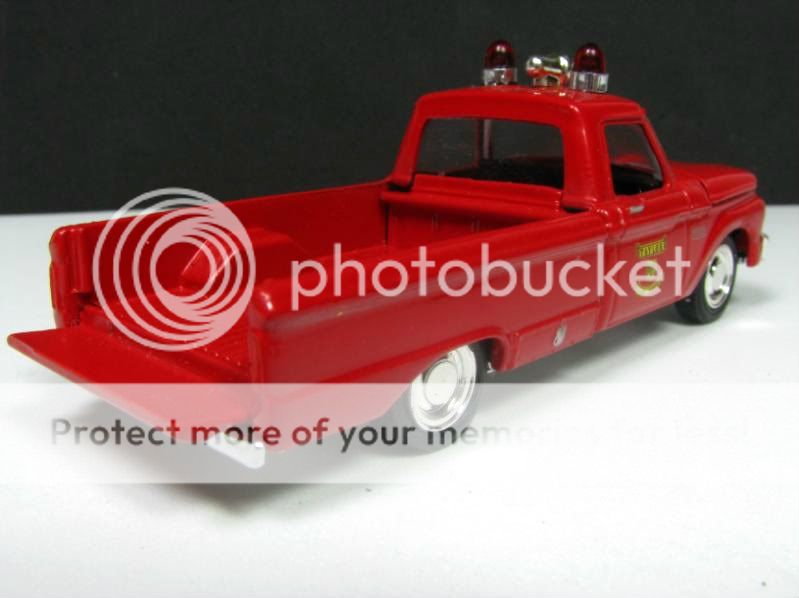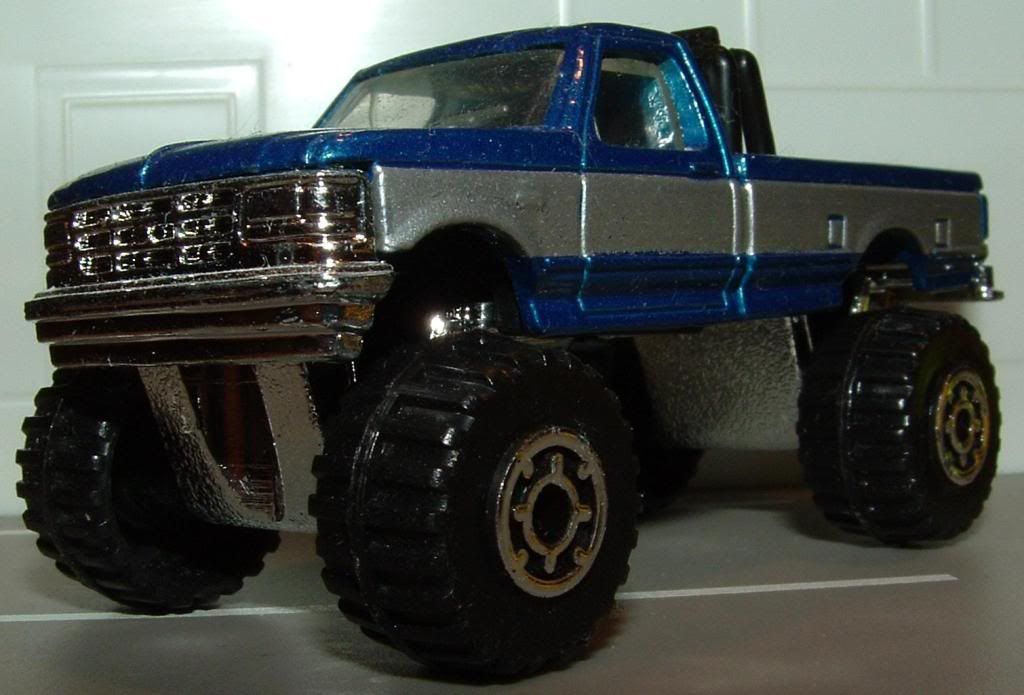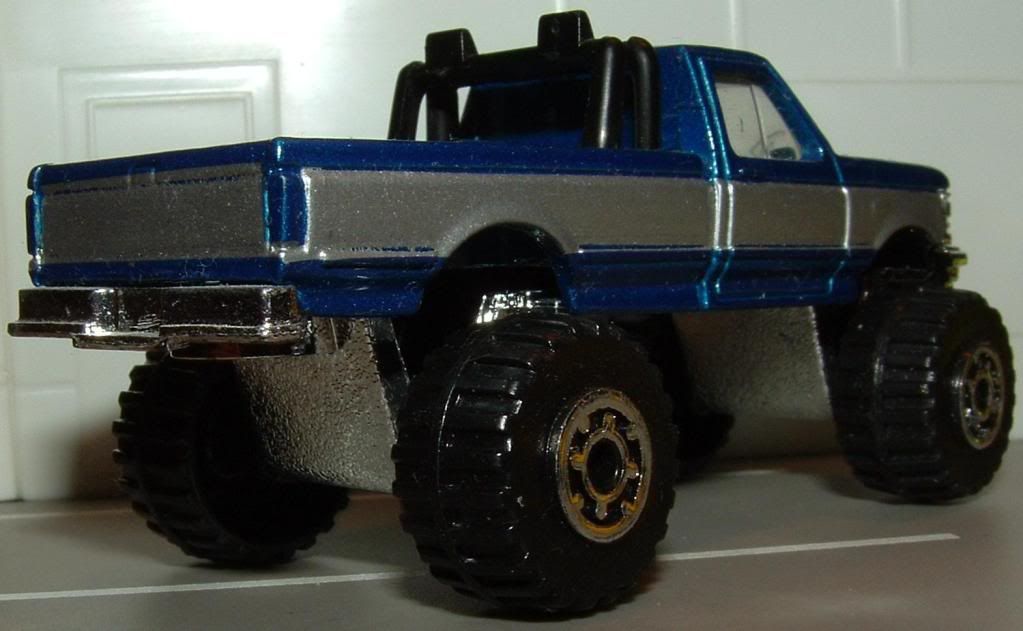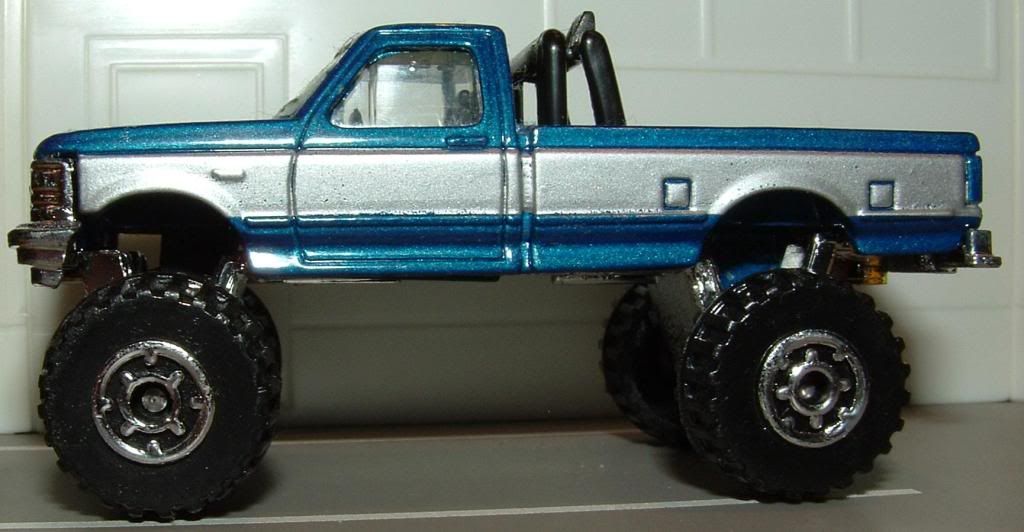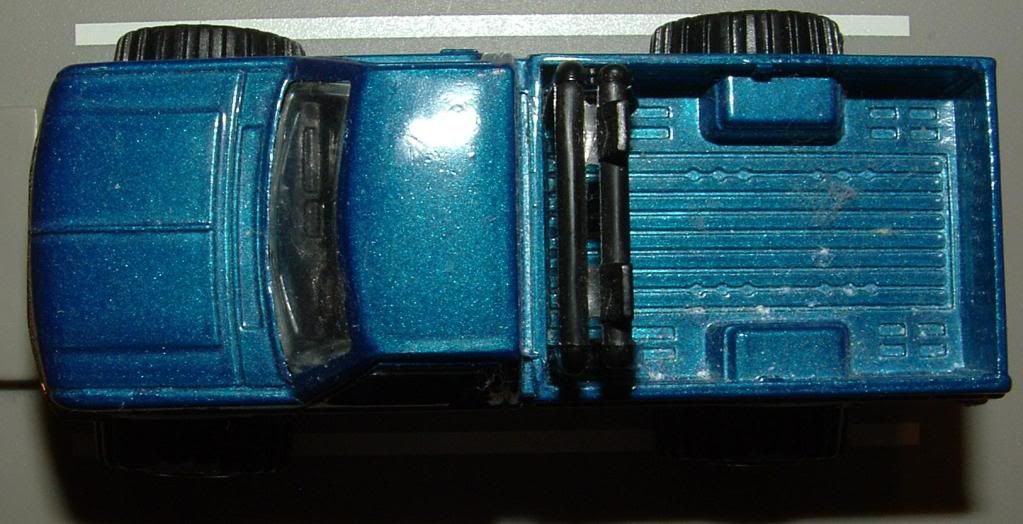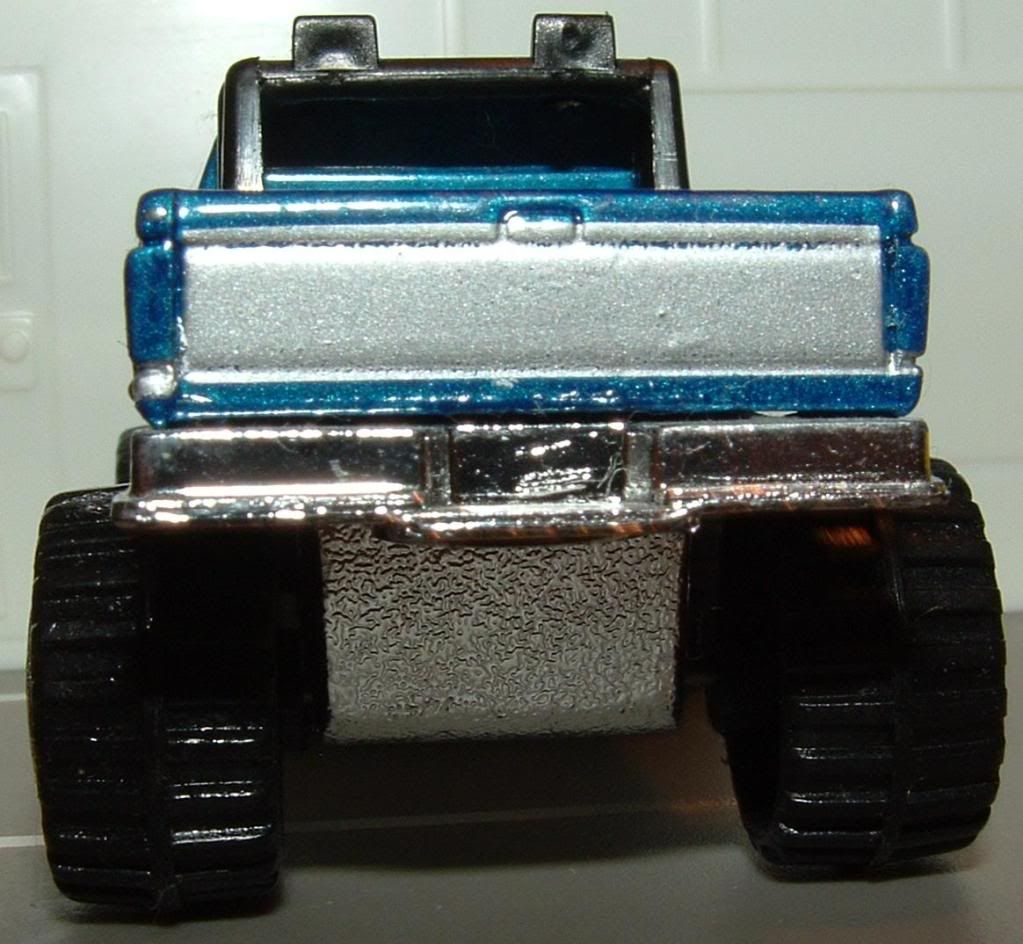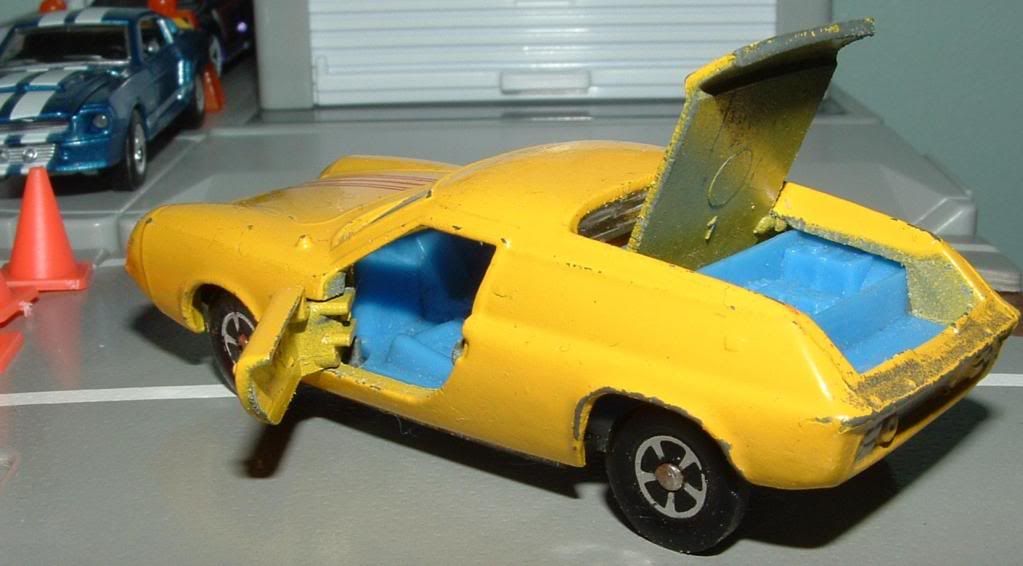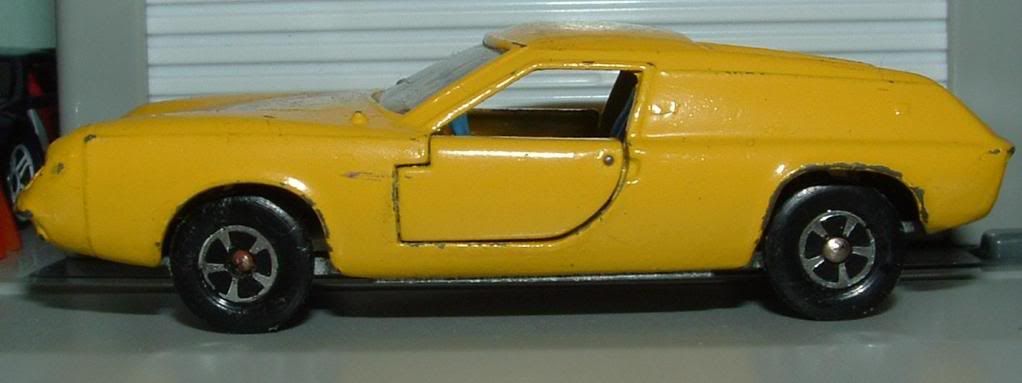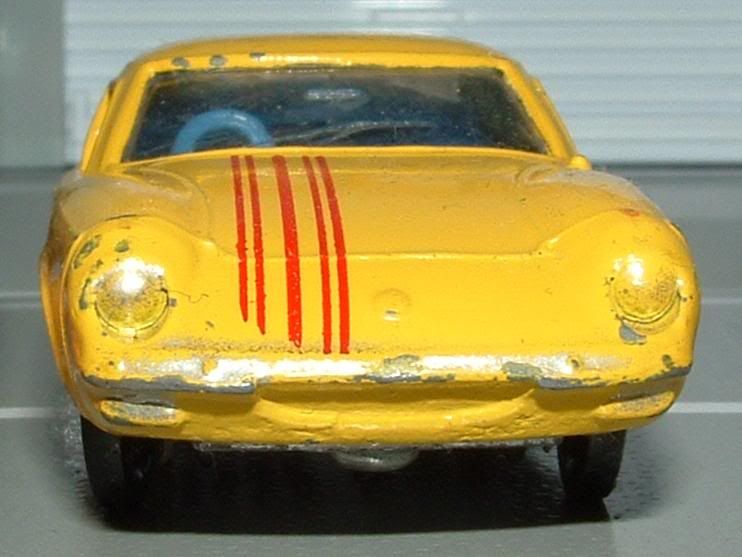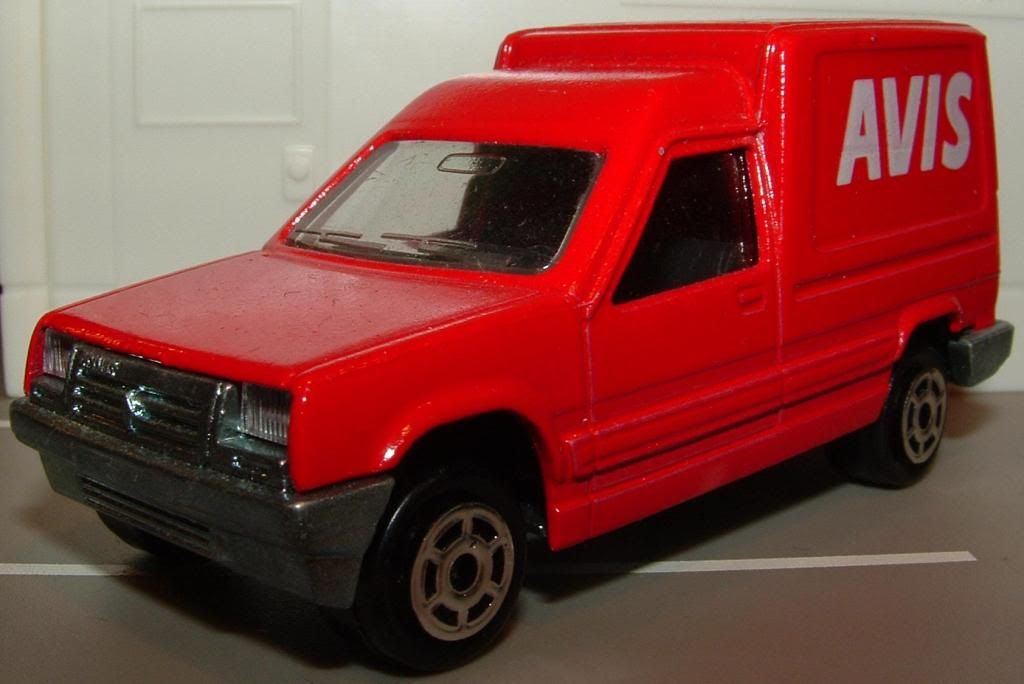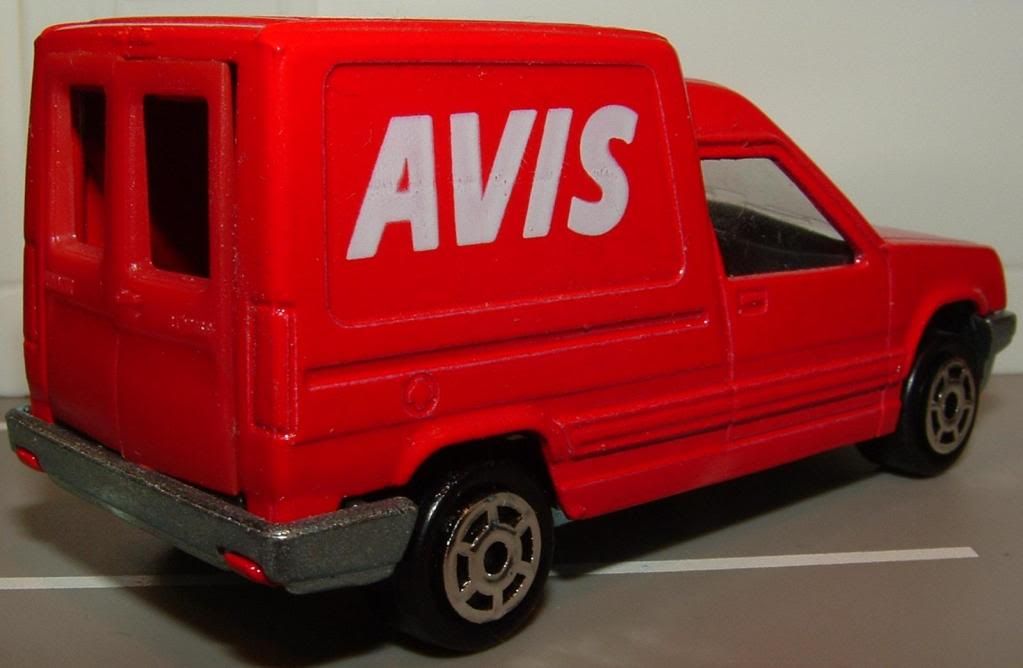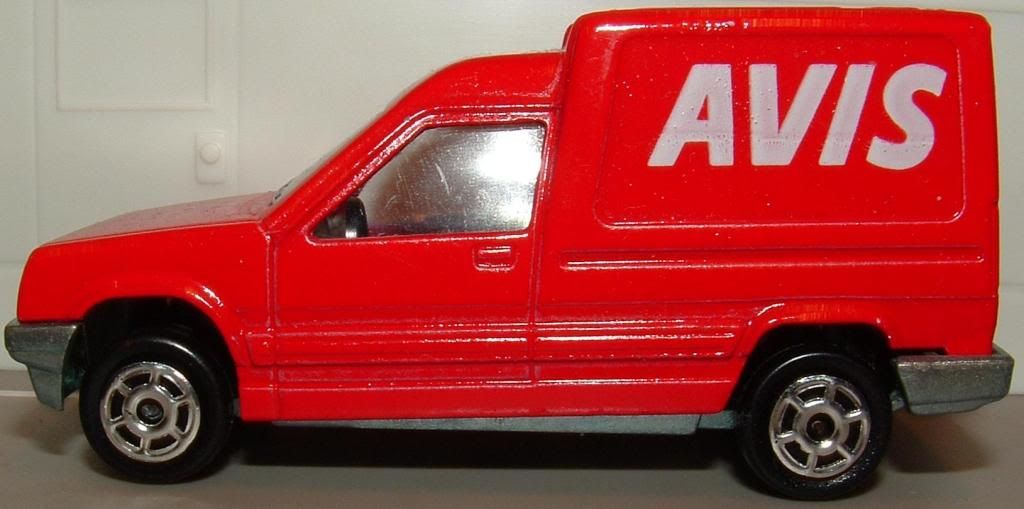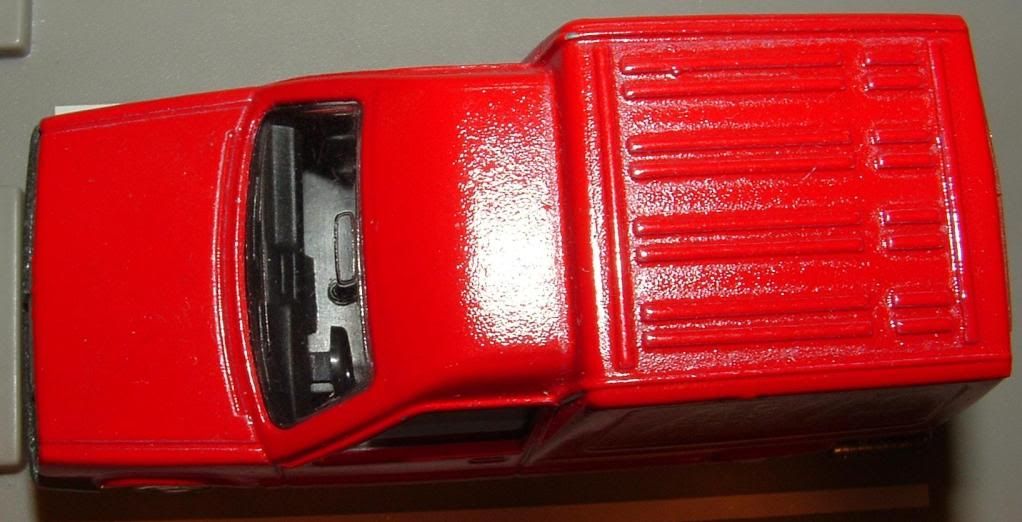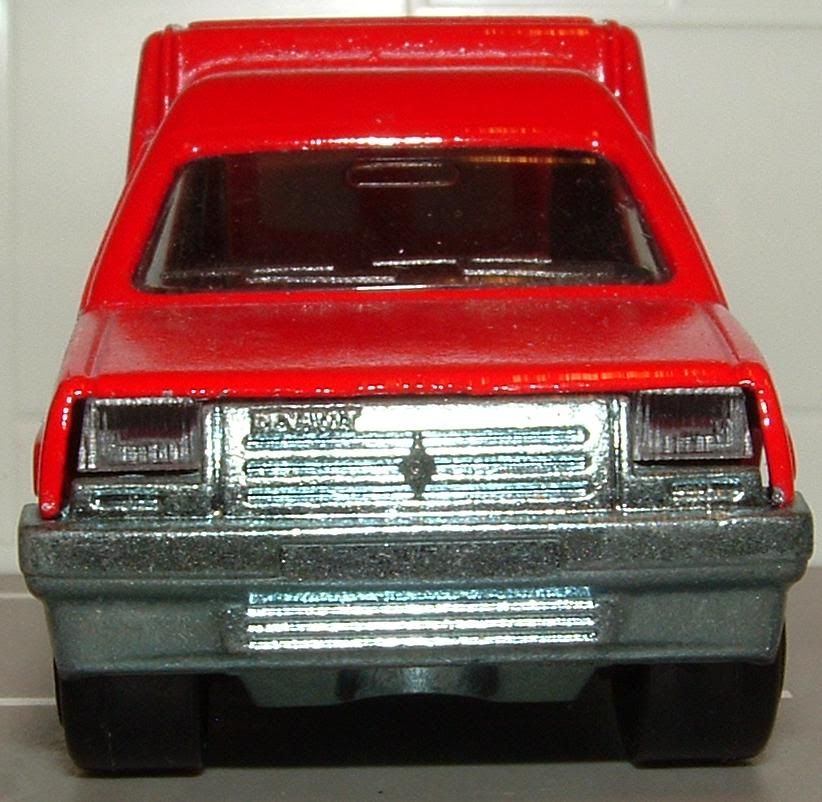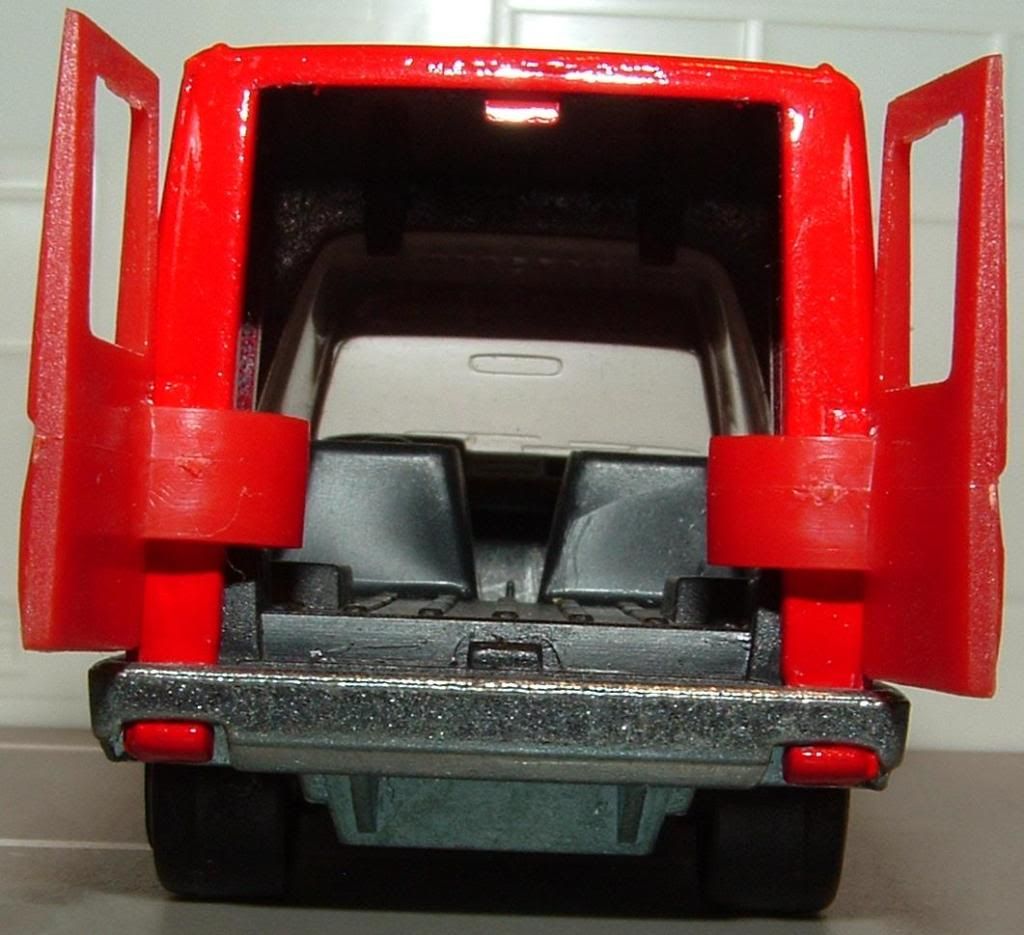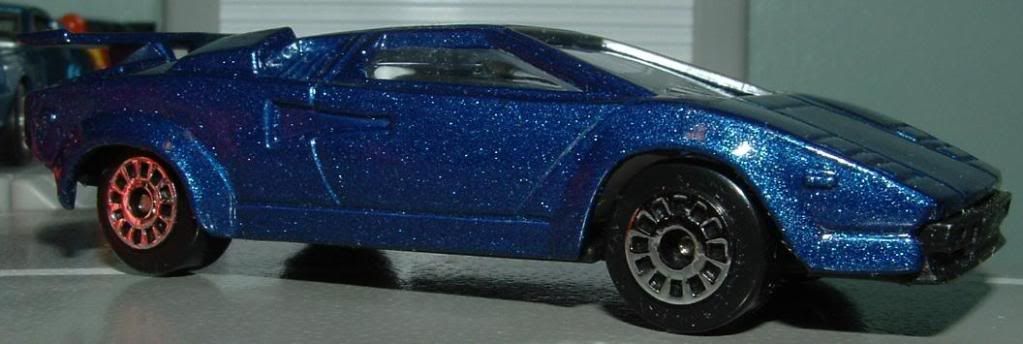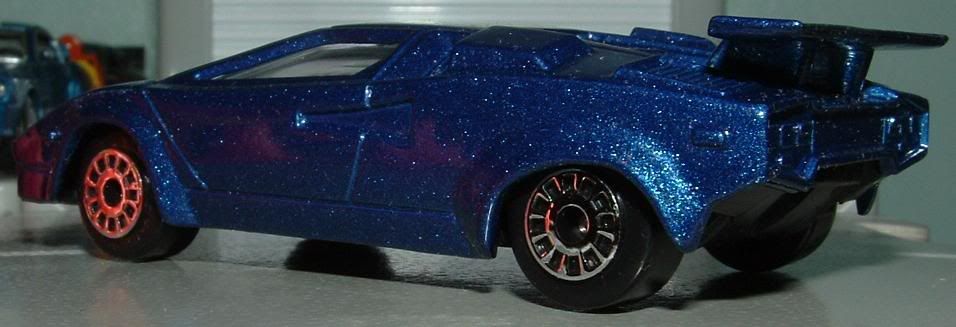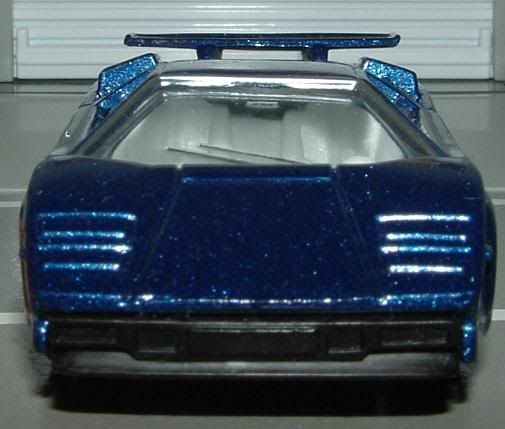
The car for today is Johnny Lightning's 1970 AMC Rebel Machine.

The most recognizable muscle car version of the Rebel was named The Machine that in its most patriotic or flamboyant form was painted white with bold red, white, and blue reflective stripes following success of the 1969 SC/Rambler.
First proposed in June 1968, the car was to have been a 1969 Rebel coupe finished in black with authoritative black wheels and fat tires, without any stripes, scoops, or spoilers, but with an aggressive, street-fighting stance. The proposed model included "The Machine" decal on the rear (that made it into production), as well as a "fab gear" logo on the front fender.
However, an even earlier attempt at a Rebel-based muscle car was produced by the AMC's engineering team: a 1967 two-door built as a development "project" car for carburetion-testing purposes, as well as with "Group 19" high-performance options and the car was re-equipped with a modified 390 cu in (6.4 L) engine with an estimated 500 hp (373 kW; 507 PS) "capable of running in the 11-second bracket."[35] The car was considered a legal drag racing car, according to NHRA and AHRA rules and regulations in effect during those years and was painted in AMC's trademark red, white and blue color scheme, although the color breaks were not the same as on other AMC-backed or -developed race cars.
American Motors' high performance "halo" vehicle made its official debut October 25, 1969, in Dallas, Texas; the site of the National Hot Rod Association's World Championship Drag Race Finals. The Machine was developed from a collaboration between Hurst Performance and AMC, but unlike the compact SC/Rambler, there was no official connection between the two parties once production commenced.[32] The standard engine in The Machine was AMC's 390 cu in (6.4 L) V8 engine with 340 hp (254 kW; 345 PS) and 430 pound-feet (583 N·m) of torque @ 3600 rpm. It came with special heads, valve train, cam, as well as a redesigned intake and exhaust. This was the most powerful in any AMC vehicle while retaining features required for normal street operations, as well as components to assure outstanding performance characteristics without incurring high-unit cost penalties. The engine is fed by a 690-cfm Motorcraft 4-barrel carburetor, and pumped up a 10.0:1 compression requiring high-octane gasoline.


he Machine features a large ram-air intake hood scoop that was painted Electric Blue (code B6) with a large tachometer visible to the driver integrated into a raised fairing at the rear of the scoop. The heavy-duty suspension was augmented by station wagon springs in the rear giving the car a raked look. Standard were a Borg-Warner T-10 four-speed manual transmission with a Hurst floor shifter backed by either 3.54:1 or 3.91:1 rear axle gear ratios in the "Twin-Grip" differential, as well as power disc brakes, wide E60x15 Goodyear Polyglas white letter tires mounted on "Machine" mag-styled steel 15-inch (380 mm) x 7-inch (180 mm) wheels, and a black interior with bucket seats and a center armrest upholstered in red, white, and blue vinyl. Numerous other upgrades were standard to make each Machine a potent turnkey drag racer. In contrast to the lack of options on the SC/Rambler, Machine buyers could order numerous options.[38] Furthermore, American Motors dealers sold numerous performance parts over the counter, such as an incredibly steep 5.00:1 gearing "for hardcore drag-racer types."
American Motors stated in its marketing promotion that "The Machine is not that fast," the car was capable to "give many muscle cars from the big three (General Motors, Ford, and Chrysler) a run for their money". According to a retrospective Motor Trend magazine article, The Machine is the most strip-ready car of the group they tested. The Machine could spring from zero to 60 miles per hour in just 6.4 seconds, a creditable showing even today. The Machine's top speed was 127 mph (204 km/h).
The manufacturer's suggested retail price (MSRP) price was $3,475 (US$19,655 in 2011 dollars[29]). After the initial run of 1,000 units with its distinctive and easily recognizable identity, The Machine was available without the stripes in other colors with a blacked out hood. The rarest of all paint schemes for the Machine is Frost White with a flat-black hood (paint codes: 72A-8A), with only three made. Another unique version came in "Big Bad Green" with only one known factory documented original remaining. The original trim scheme became a $75 option. There were a total of 2,326 Rebel Machines built in 1970.[43] With the Machine "AMC had acquired a reputation for the ability to create eye-catching, high performance machines at a knock-down price.
According to the former editor of Motor Trend magazine, before BMW took "The Ultimate Driving Machine" moniker for itself, American Motors dubbed its high-performance model that could hold its head high in fast company simply "The Machine" and it deserves to be considered among the Greatest Cars of All Time.
The Machine was discontinued for 1971, replaced by the Matador, with an optional 330 hp (246 kW; 335 PS), 401 cu in (6.6 L) "Go Package."

Check out http://en.wikipedia.org/wiki/AMC_Rebel#1970 to learn more.

Scored this during Lightning Fest 2011. Cal had a bunch of cool JLs still on the card all for a dollar. The casting has faults such as the side windows which are shut. Proportions are not up to par perhaps in 2011 but considering the casting dates to 1998, it works.




